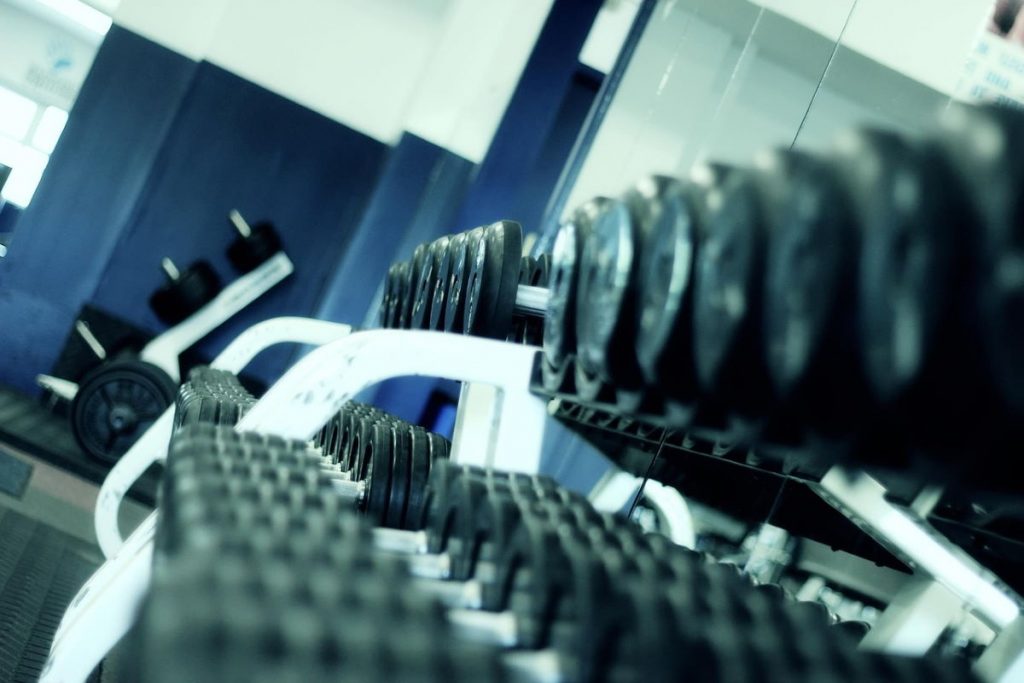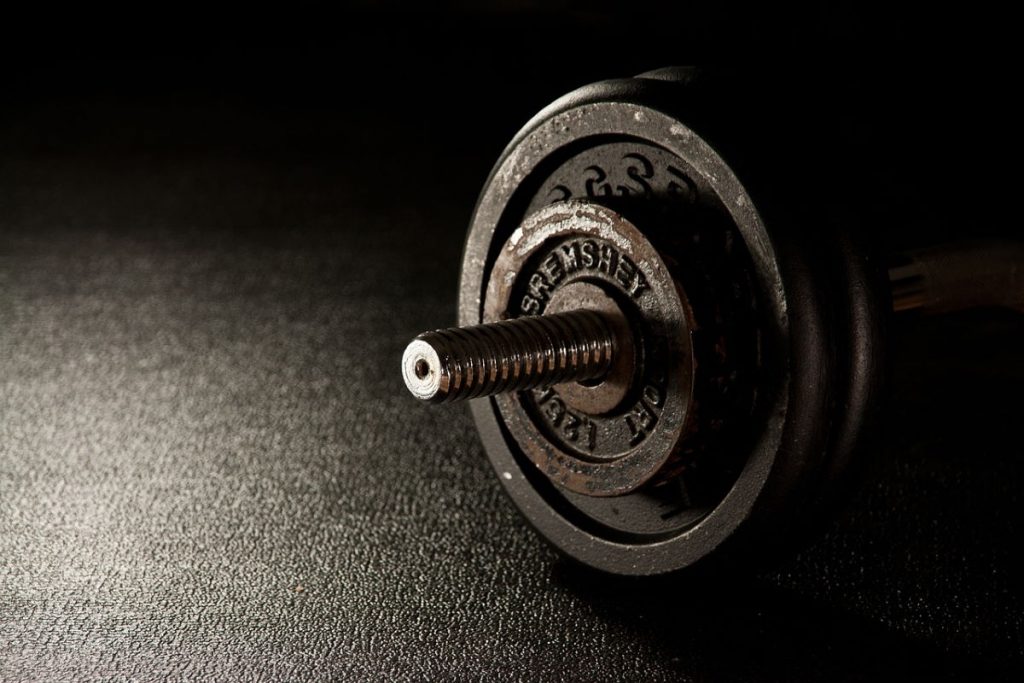Chances are, you have been hitting the gym frequently and doing body workouts. But after some time, you have noticed that your muscles are not growing anymore or most of the moves you are used to, seem easy now. If you are in such a situation, it’s highly likely that the weights you are lifting are not heavy enough to trigger gains in muscle and strength. Here are some tips that will help you to lift heavier weights at the gym, grow more muscle and increase your overall strength.
Eat Right
Just like other forms of training, proper nutrition is key to achieving optimal results. After all, you can build strength and muscle, if you are not eating the right types of foods. During your weight training sessions, your body will need sufficient amounts of proteins, carbohydrates, and at the right time. To plan your meals accordingly, you should divide them into pre-training meals, refueling during training and post-training meals.
- Pre-Training Nutrition: It’s not advisable to train on an empty stomach, thus the importance of the pre-training meal. You should take your pre-training meal 3 to 4 hours before your training session. For instance, if you are planning to hit the gym at 6 pm, then your pre-training meal should fall between 1 pm and 2 pm. Apart from the main meal, you should also take a snack at least 1 hour before your training session. And as you get closer to your training session, you should take fluids such as coconut water, sports drinks, or simple carbohydrates. Your meal should contain proteins for muscle rebuilding and carbohydrates for energy supply.
- Refueling and Hydration: If you are planning to train at a higher intensity and longer than you normally do, then you need to drink at least 14 ounces of your preferred sports drink. A sports drink will refuel your body and maintain optimal glucose levels, thus helping you to perform better.
- Post-Training Meal: At the end of your weight training session, your body has used most of the stored glucose and you might be feeling tired. It’s therefore important to refuel your body with the right nutritional balance to help your body recover fast and repair muscles. Just like the pre-training meal, your post-training nutrition should compose of healthy fats, carbohydrates, and proteins. Consuming proteins after your workout session will help your muscles to heal fast while preventing loss of lean mass. On the other hand, carbohydrates will help your body to restore and recharge its energy supply. Aim for 50 to 100 grams of carbohydrate and 20 grams of protein within 30 minutes of your training session.
You should always remember that your nutrition will play a significant role in your weight training program. If you are not eating the right foods or you are not consuming adequate quantities, then you will struggle to lift heavier weights. The good news is that you can always customize the above nutritional recommendations to suit your training needs.
Adequate Warm-Up
Before you start your workout of the day, you should first spend a few minutes warming up. Warming up will increase body temperature, increase blood circulation the muscles, increase nutrients and oxygen delivery to the muscles, and prepare you mentally – ready for your weightlifting session. Warming up before you start your actual weight training session will also reduce the risk of injuries. However, warm-up doesn’t mean a few lunges, pushups or squats. You need to prepare all the muscles and joints that you intend to utilize during the session. Your warm-up session should be divided into 3 main phases:
- Light Cardio: The aim of this phase is to prime your body for physical activity. It will help your joints to move around and loosen up before you put stress on them during the actual weight training session. Also, the light cardio will increase blood flow to all parts of your body, making you feel warmer while ensuring your muscle cells have adequate energy. This phase will also increase mental sharpness and focus.
- Stretching and Mobility: After the light cardio session, your muscles will be more mobile and warmer. And this is the best time to stretch. This phase will ensure that you have an optimal range of motion so that you can perform your weightlifting routines effectively. Stretching will also prevent muscle imbalances, which might occur as you add more weights on the barbell. It will also help to eliminate pain and posture problems.
- Specific Warm-Up Sets: As noted earlier, it’s important to warm up the specific muscles and joints that you will utilize during your weightlifting routines. And this is where this phrase comes in. This will be the final phase in your warm-up routine. The aim of this phase is warm up the specific muscles that you will utilize in your weight lifting, practice some of the movements to build muscle memory, prepare your body to lift heavy weights and minimize the risk of injuries.
While the warm-up routine might not be the most enjoyable part of your weight training, it’s vital to your weightlifting goals. It will help you to avoid injuries, perform weightlifting exercises correctly, and help you to move to heavier weights within a short period.
Wear Proper Footwear
Whether you are just starting out or you are a seasoned weightlifter, you need to wear the right pair of shoes during your weightlifting sessions. One of the main reasons why you need a solid pair of weightlifting shoes during your sessions is that they will give you a better lifting foundation. Apart from that, the right pair of weightlifting shoes will keep your body properly aligned, thanks to their elevated heel. The slightly raised heel will help you to maintain proper posture throughout your lifts, for optimal performance. Make sure that you choose a heel height that can allow you to go as low as possible during squats. Weightlifting shoes also provide ankle and foot support, to prevent injuries such as ankle sprains. Therefore, if you are wearing a proper pair of weightlifting shoes, you can focus on lifting heavier weights, without worrying about pain or discomfort on your feet. The best weightlifting shoes will give you more stability, complement your lifting form, and help you to take your weightlifting to the next level.
Strengthen Your Core
The core is a structure that consists of the abdominal muscles, mid and lower back muscles, pelvic muscles as well as hip muscles. It stabilizes your entire body, whether you are moving, working out or resting. Considering that most of the weight training movements that you will be doing in the gym originate from the core, then it’s vital to work towards enhancing its strength. A strong core will improve body posture, alleviate back pain, and improve balance. Also, if you have a strong core, then you will enjoy better performance at the gym. You will be able to lift heavier weights and for a longer period, if you have a strong core. Pilates and yoga are among the best exercises for strengthening the core. You can also opt for kickboxing, cycling, and swimming, among others.
Practice Regularly
If you only go for weight training whenever you feel like, then you might never attain your weight lifting goals. Just like other physical activities, weight lifting relies heavily on muscle memory. Therefore, if you want to achieve your goals faster, then you need to train as frequently as possible. Regular practice will help you to master the movements before you can load the weights. By training regularly and overloading your muscles regularly, they will rebuild and produce stronger cells, thus helping you to lift heavier weights.
Rest Enough
As you build bigger muscles and lift heavier weights, you might find yourself spending all your free time in the gym. Unfortunately, overtraining can be counterproductive. Therefore, you need to ensure that you have enough rest in between your weight training sessions. Every time you lift weights, your muscles end up with small tears. And you need ample recovery time for these small tears to heal. Also, your body will only recover when you are resting. If you spend every other day in the gym, then you might not progress as faster as you should, since you are not giving your body enough time to recover. The amount of recovery time your body will need will depend on various factors such as your training program, nutrition, as well as your fitness level. Some people will take 24 hours for their body to recover fully while others might need up to 48 hours or even more. Whatever works for your training partner might not work for you. Therefore, you need to know what works best for you, and then incorporate it into your workouts.
Closing Remarks
Weight training is an effective way to get into shape and build muscle. However, if you want to see the best results, then you need to be patient, and consistent. Also, make sure you get your nutrition right, wear appropriate shoes and allow your body enough recovery time. And with regular practice, you will find yourself lifting heavier weights than everyone else at your local gym.




0 comments